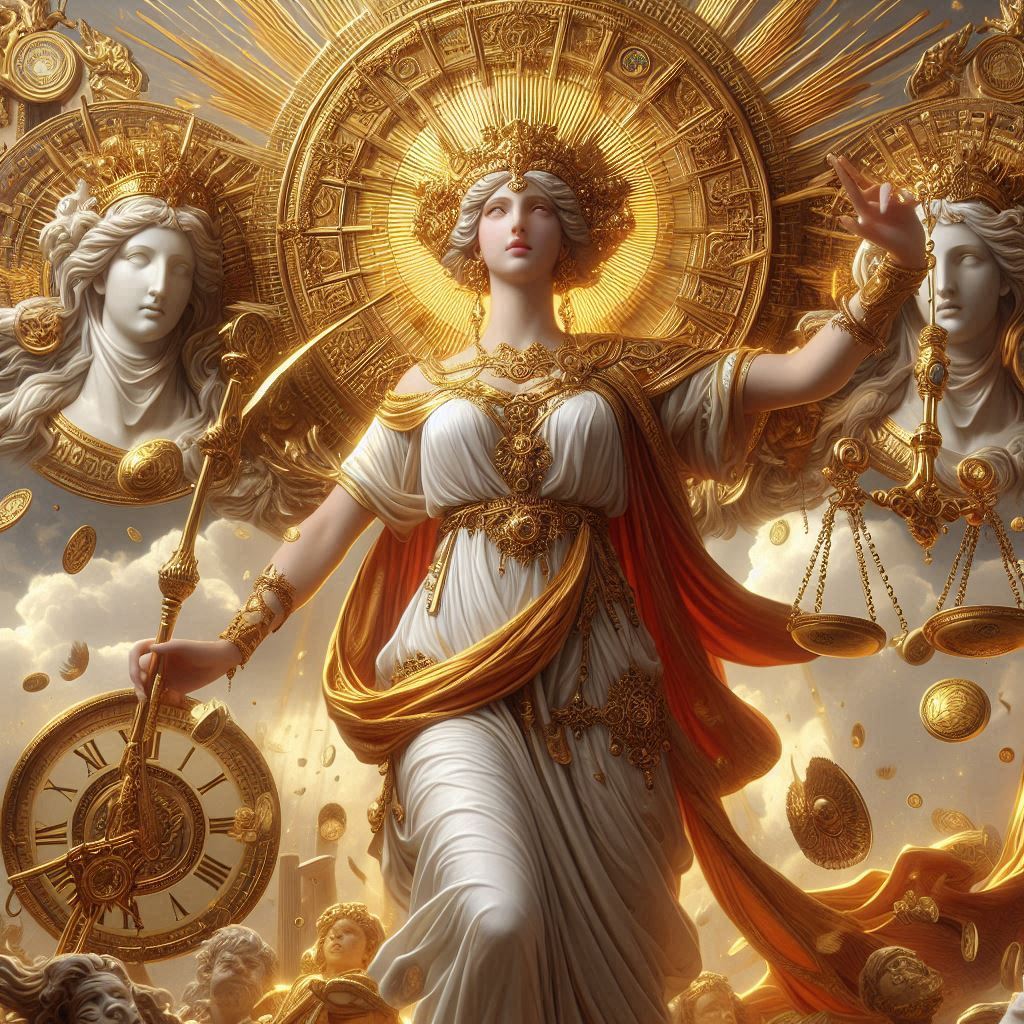Table of Contents
The Journey to Self-Discovery in Hermann Hesse’s Siddhartha
Hermann Hesse’s Siddhartha is a seminal work of 20th-century literature, revered for its poetic prose and profound exploration of the human quest for enlightenment. Set in ancient India and deeply influenced by Eastern philosophies, the novel narrates the spiritual journey of Siddhartha, a young man dissatisfied with conventional teachings and societal expectations. Hesse weaves a tapestry of existential questions, delving into themes of self-discovery, interconnectedness, and the transcendence of duality. Through Siddhartha’s odyssey, the novel speaks to the universal longing for meaning and the reconciliation of life’s paradoxes.

The Search for Knowledge and the Rejection of Dogma
At the heart of Siddhartha is the protagonist’s relentless pursuit of wisdom. Born into a Brahmin family, Siddhartha is surrounded by rituals and teachings that promise spiritual fulfillment. However, he soon realizes that mere adherence to doctrine cannot satisfy his inner yearning. Rejecting the prescribed path, Siddhartha embarks on a journey of self-discovery, marking the first of many instances where he resists the allure of external authority in favor of personal experience.
This rejection of dogma is most evident in Siddhartha’s encounters with organized spiritual practices. He initially joins the ascetic Samanas, embracing austerity in the belief that self-denial will lead to liberation. Yet, after years of physical deprivation, Siddhartha finds this approach inadequate. His subsequent meeting with Gotama Buddha reinforces his skepticism of external teachings. While he admires the Buddha’s enlightenment, Siddhartha concludes that true wisdom cannot be taught but must be personally realized. This critical insight underscores one of the novel’s central tenets: spiritual truth is not a commodity but an individual experience.
The Role of Experience and the Embrace of the World
Siddhartha’s journey takes a transformative turn when he abandons the ascetic life to immerse himself in the material world. This decision, paradoxical at first glance, reflects Hesse’s belief in the necessity of holistic experience. Siddhartha becomes a successful merchant, indulges in sensual pleasures with the courtesan Kamala, and experiences the intoxication of wealth and power. Although these pursuits eventually lead to disillusionment, they are crucial to his growth.
Hesse portrays the material world not as a mere distraction from spirituality but as a vital aspect of the human experience. Siddhartha’s descent into the realm of desire and suffering provides him with insights unavailable through asceticism alone. It is through these worldly encounters that he learns the transient nature of pleasure and the profound interconnectedness of life. By engaging fully with the world, Siddhartha moves closer to understanding the unity underlying all existence.
Unity and the Transcendence of Duality
The culmination of Siddhartha’s journey is his realization of the unity that transcends the apparent dualities of life. This epiphany is symbolized by the river, a recurring motif in the novel. The river, with its perpetual flow and infinite depth, becomes a teacher to Siddhartha, revealing the cyclical nature of existence and the simultaneity of all moments.
Through the river, Siddhartha understands that opposites such as joy and sorrow, life and death, are not contradictions but complementary aspects of a greater whole. This insight allows him to achieve a state of profound peace, where he no longer clings to desires or fears but embraces the totality of existence. The river’s lesson is a poetic embodiment of the non-dualistic philosophy central to Hinduism and Buddhism, emphasizing the interconnectedness of all beings and the illusory nature of separation.
The Interplay of Teachers and Personal Growth
While Siddhartha rejects formal instruction, his journey is shaped by a series of profound relationships. Kamala, the merchant Kamaswami, the ferryman Vasudeva, and even his estranged son serve as mirrors reflecting different facets of his self. Each encounter brings Siddhartha closer to understanding his own nature and the nature of the world.
Vasudeva, in particular, exemplifies the ideal teacher—not one who imparts knowledge but one who facilitates self-discovery. By listening to Siddhartha without judgment and pointing him toward the river’s wisdom, Vasudeva embodies the principle that true guidance comes from within. This dynamic underscores the novel’s message that while others may inspire or challenge us, the ultimate responsibility for enlightenment rests on the individual.
Conclusion: The Timeless Relevance of Siddhartha’s Journey
Hesse’s Siddhartha resonates across cultures and epochs because it addresses the timeless human quest for meaning. Siddhartha’s path, marked by rebellion, immersion, and eventual transcendence, mirrors the struggles of anyone seeking to reconcile the material and spiritual dimensions of life.
Through its lyrical prose and universal themes, Siddhartha invites readers to reflect on their own journeys and to embrace the complexity and unity of existence. By illustrating that enlightenment arises not from renunciation or indulgence alone but from the synthesis of all experiences, Hesse offers a vision of spirituality that is deeply personal, profoundly human, and eternally relevant.


No responses yet